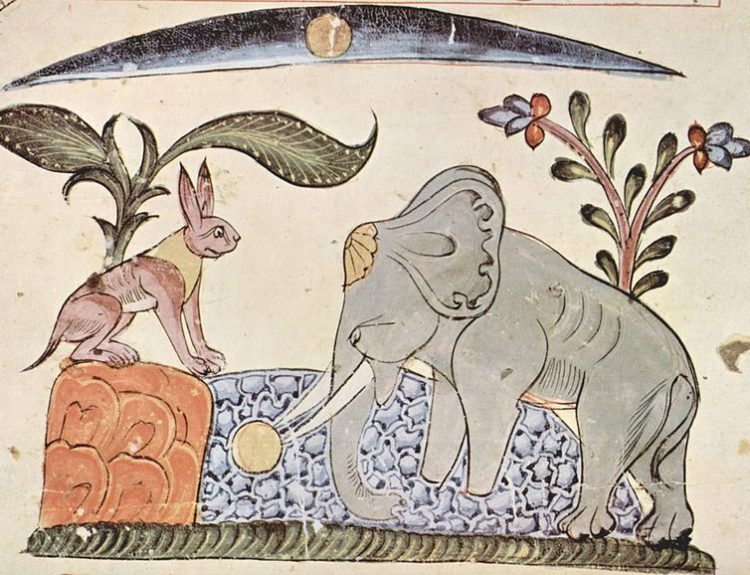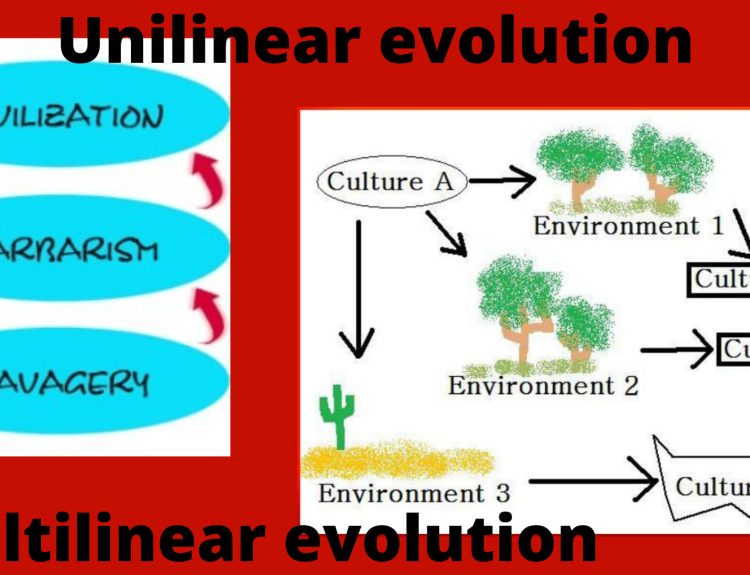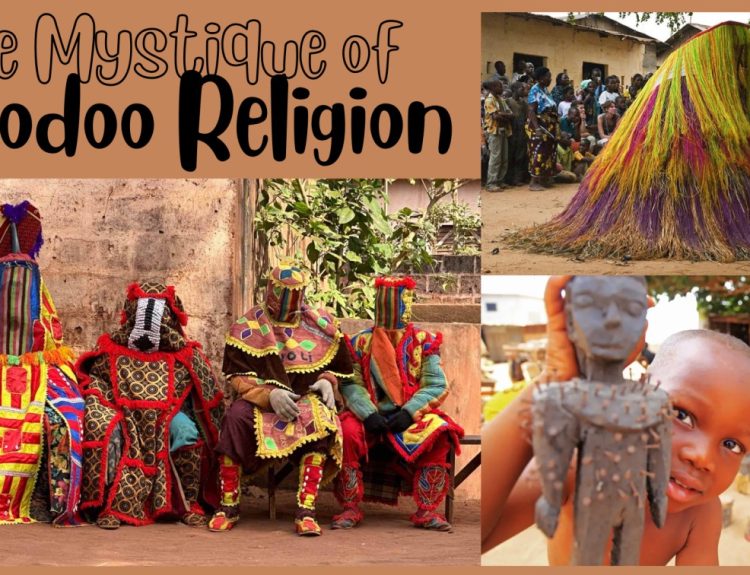The anthropology of political organization refers to the intricate network of social connections that enables the management of actions associated with maintaining societal harmony. It constitutes a framework designed to oversee and manage the relationships among individuals and the collective body within a given society, as well as the connections linking distinct societies or groups within a particular region.
This concept pertains to the ways in which societies or groups of people structure and manage their political systems and decision-making processes. It encompasses the institutions, practices and mechanisms that govern how power is distributed, authority is exercised and collective decisions are made within a society.
In summary, it can be affirmed that in every society, whether primitive or modern, a fundamental requirement for law, a judicial system and governance emerges. The fusion of these three elements gives rise to what is commonly referred to as a political organization.
Read- Political Anthropology
Types of Political Organization
Elman Service (1962) proposed that the majority of societies can be categorized into four distinct types according to their political organization: band, tribe, chiefdom and state. Similarly, Julian Steward presented these same four types as stages in the evolution of political systems.
Band
A small group of related members living in one area is called a band. It’s a tiny autonomous group and represents the simplest form of political organization. Band societies are likely the oldest form of the political system. They comprise approximately 30 to 50 individuals.
In a band, there’s no official leader, organized trading like in a marketplace or specific established systems. Distinctions in status and wealth among individuals within these societies are notably scarce. The livelihood of band society members primarily revolves around subsistence activities, often referred to as hunting and gathering, as opposed to agricultural or animal husbandry practices.
Band societies are characterized by their egalitarian nature, where there’s no distinction in terms of money, respect or control. Their political management relies on strong family connections within the group. Everyone holds similar rights and responsibilities and leaders are usually chosen based on their personal skills and knowledge, rather than following a strict formal structure.
Elderly men might receive esteem for their experience or hunting knowledge; however, their influence is limited and their material possessions are on par with those of other band members. It’s important to acknowledge that very few existing band-type societies remain, as many have come under the dominion of states that exert control over their territories. Examples of such band societies include the Inuit in Canada, the Lapp of Scandinavia, the Tiwi in Australia, and the Ainu in Japan.

Tribe
Compared to a band, a tribe exhibits greater complexity as it can accommodate a significantly larger population. Its political structure brings together larger segments into a cohesive political system. While tribes lack centralized and formalized institutions, they do possess strong bonds of solidarity.
The kinship structure within tribes revolves around clans and a segmentary lineage system. Each tribe comprises one or multiple small, self-governing units that subsequently form alliances with each other for various objectives.
Tribal societies typically engage in food cultivation rather than solely relying on gathering. This mode of food production can sustain larger populations compared to just collecting. Similar to bands, tribes generally maintain a degree of equality in terms of wealth and influence among their members. Like bands, tribes primarily adhere to egalitarian principles.
In tribes, leadership is characterized by informality. Leaders within tribal groups are often older men respected for their knowledge, but they possess limited control. Even though these leaders are respected, their authority to enforce their preferences is minimal and most decisions are reached through consensus among the members.
In Papua New Guinea and the Melanesian Islands, the prominent figure known as the big man assumes the role of a political leader.

Chiefdoms
A chiefdom surpasses tribal societies in complexity, encompassing larger populations and operating at a higher socio-cultural level. Unlike tribal structures, chiefdoms introduce the emergence of ranking and stratification. They constitute structured societies where each individual holds a designated position within the hierarchical framework.
In chiefdoms, political power is usually concentrated in a single person. This type of society exhibits a more organized political system, with specific individuals and families responsible for decision-making, punishment of wrongdoers and conflict resolution. Additionally, chiefdoms often unite different groups under one central authority. Chiefs frequently participate in sharing surplus food and items produced within the chiefdom, often through communal feasts. Due to their influential roles, chiefs and their families are greatly respected.
Examples of chiefdoms include the Trobriand and Tongan Islanders in the Pacific, the Maori of New Zealand and the Zulu and Ashanti in Africa.

State
The state, which is undoubtedly the most familiar form of political organization, manifests in various ways. Despite these differences, all states share certain features. Each state asserts exclusive control over the use of force in a specific area. States gather taxes, raise armies and maintain permanent administrative systems. They establish legal frameworks and distribute resources across communities.
States oversee societies at a higher level and are enabled by advanced farming methods that allow for specialized work and the accumulation of resources and authority. In state-level societies, hierarchy exists and substantial variations in power and prosperity are present among individuals and families. Examples of such societies include historical civilizations like ancient Egypt, where evident social stratification is observed, and contemporary nation-states such as North Korea and the United States.
Read- State and Stateless Societies
A crucial element of the state involves entrusting authority to uphold order both domestically and beyond its borders. Leveraging state apparatus, authority within the state is established impartially and objectively. The state, as a sovereign entity within a defined territory, is characterized by its governing body referred to as the government. This government undertakes the tasks of legislating, enforcing laws and overseeing administrative affairs on behalf of the state. These responsibilities can be summarized as follows:
- Formulating laws (Legislator)
- Enforcing and managing the implementation of these laws (Executive body)
- Adjudicating cases in accordance with established laws (Judiciary)







